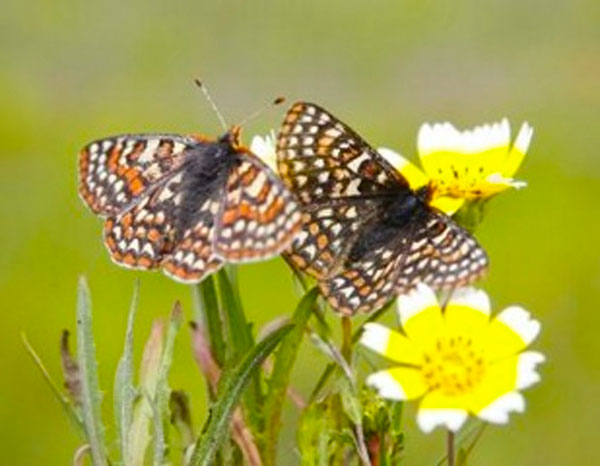The ESA and nitrogen deposition
This research uses the case of the Bay checkerspot butterfly to examine whether the Endangered Species Act, as it currently stands, can help protect listed species – and US ecosystems more broadly – from the newly appreciated, remote-origin threat of nitrogen deposition. We employ legal analysis that builds on relevant case law to determine whether the limitations on harmful activities as set by Sections 7 and 9 of the Act can be applied to the emissions that cause nitrogen deposition. As part of the analysis, we juxtapose our case with a similar case that has become quite salient in recent discussions of conservation law – the case for using ESA to control emissions of greenhouse gas (GHG) emissions.
Our findings leave us optimistic that the take and jeopardy prohibitions of the ESA could be fruitfully leveraged against existing federal and state air quality/emission control programs to improve protection of nitrogen-sensitive species and ecosystems like the Bay checkerspot butterfly and its serpentine grassland habitat.
Project participants: Zdravka Tzankova, Dena Vallano, Erika Zavaleta, Sarah Carvill and Peter Brewitt.

